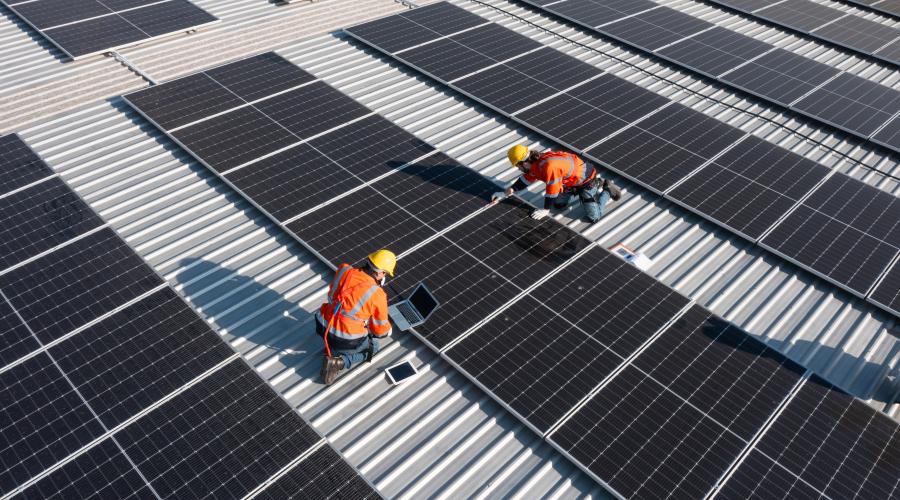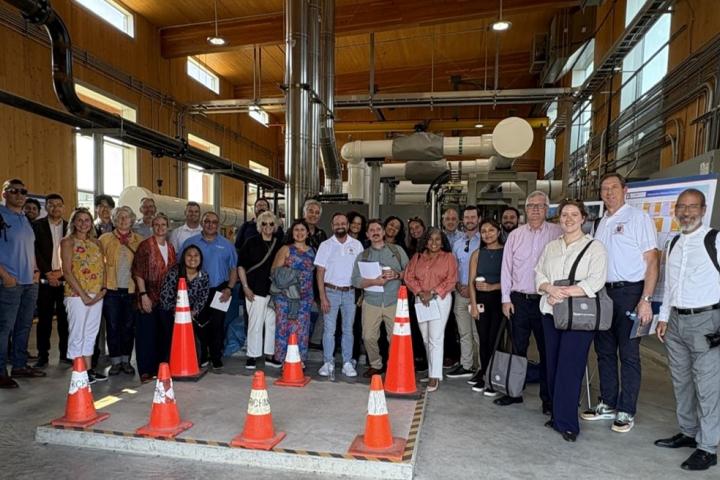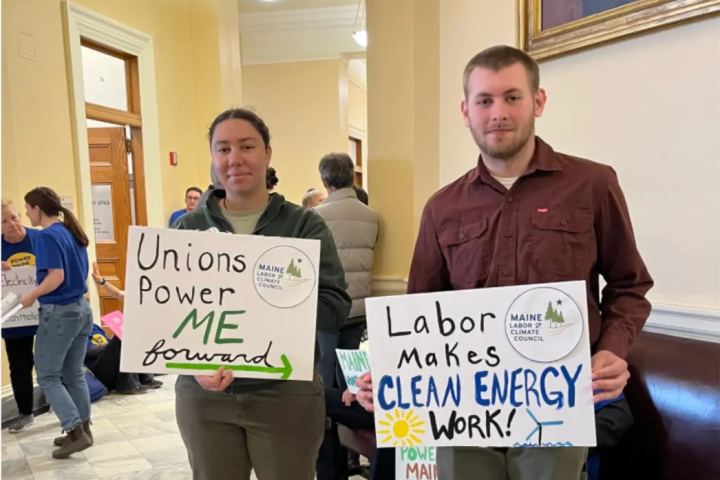
Climate Jobs Institute Charts New York’s Clean Energy Progress and Path Ahead
On April 30th, Cornell ILR’s Climate Jobs Institute (CJI) released Update on New York’s Renewable Energy Policies, Plans and Progress, a report on how the Empire State is advancing towards its clean energy goals under the 2019 Climate Leadership and Community Protection Act (CLCPA). The findings, unveiled during a public webinar featuring researchers, lawmakers, labor leaders, and advocates, mix urgency with encouragement.
The headline finding is concerning: if trends hold, CJI projects that renewable generation will cover only about 44% of the state’s electricity by 2030, far short of the CLCPA’s 70% mandate. Greenhouse gas emissions, now roughly 9% below 1990 levels, must fall four times faster to meet the 2030 target.
Failure to significantly scale clean energy and curb emissions will put New York at greater risk. “In the past decade, New York has experienced more than 45 climate disasters that cost at least a billion dollars,” said Iris Packman, CJI's senior research and policy development associate and co-author of the report. “This is nearly the same amount as the past three decades combined.”
Although New York met its 6 GW goal of rooftop and community solar late last year, those smaller arrays satisfy less than 5% of today’s electricity demand and their growth is expected to level off after 2025.
Large projects like utility-scale solar, offshore wind, and long-duration storage must now pick up the slack. That will not be easy. Developers face rising equipment costs; a federal stop-work order delayed Empire Wind; and transmission bottlenecks still prevent clean power from the north and west from flowing freely to New York City and Long Island.
“There is no transition without transmission,” Julie Tighe, president of the New York League of Conservation Voters, reminded webinar viewers.
CJI researcher and report co-author Bethany Figueroa underscored how much of the project pipeline is still on paper. “These projects are not guaranteed to come online,” she cautioned. “Only a third of the onshore wind power is actually under construction and in advanced development. Only 10% of planned solar projects are nearing completion. The remaining 90% could be at risk of delays or cancellations depending on market conditions and the regulatory environment.”
Clean-energy employment grew 5% last year, twice the rate of the overall state economy. But job quality varies sharply. Projects covered by prevailing-wage rules and project labor agreements tend to utilize union labor and apprentices and offer health benefits. Smaller installations, anything under 1 MW, operate almost entirely outside those standards.
“We constantly hear there’s a worker shortage,” observed Vincent Albanese of the New York State Laborers Political Action Committee. “We don’t necessarily see that.” The real gap, he argued, is the shortage of well-paid, safe jobs—especially for workers from communities that have historically lacked access to union careers.
State Senator Peter Harckham, chair of the Environmental Conservation Committee, called the energy shift “a chance to marry climate action with middle-class careers,” adding: “Part of the promise of the clean energy revolution is not just a better planet, but good paying, union jobs.”
Assemblymember Michaelle Solages pressed for stronger public investment: “Clean energy is a public good, not a private luxury,” she said, urging colleagues to give the New York Power Authority wider authority to build generation projects that come with apprenticeships and local hiring.
What comes next
CJI will publish a follow-up brief this fall outlining ten policy moves it believes could close the renewable energy gap before 2030.
Watch the webinar recording



